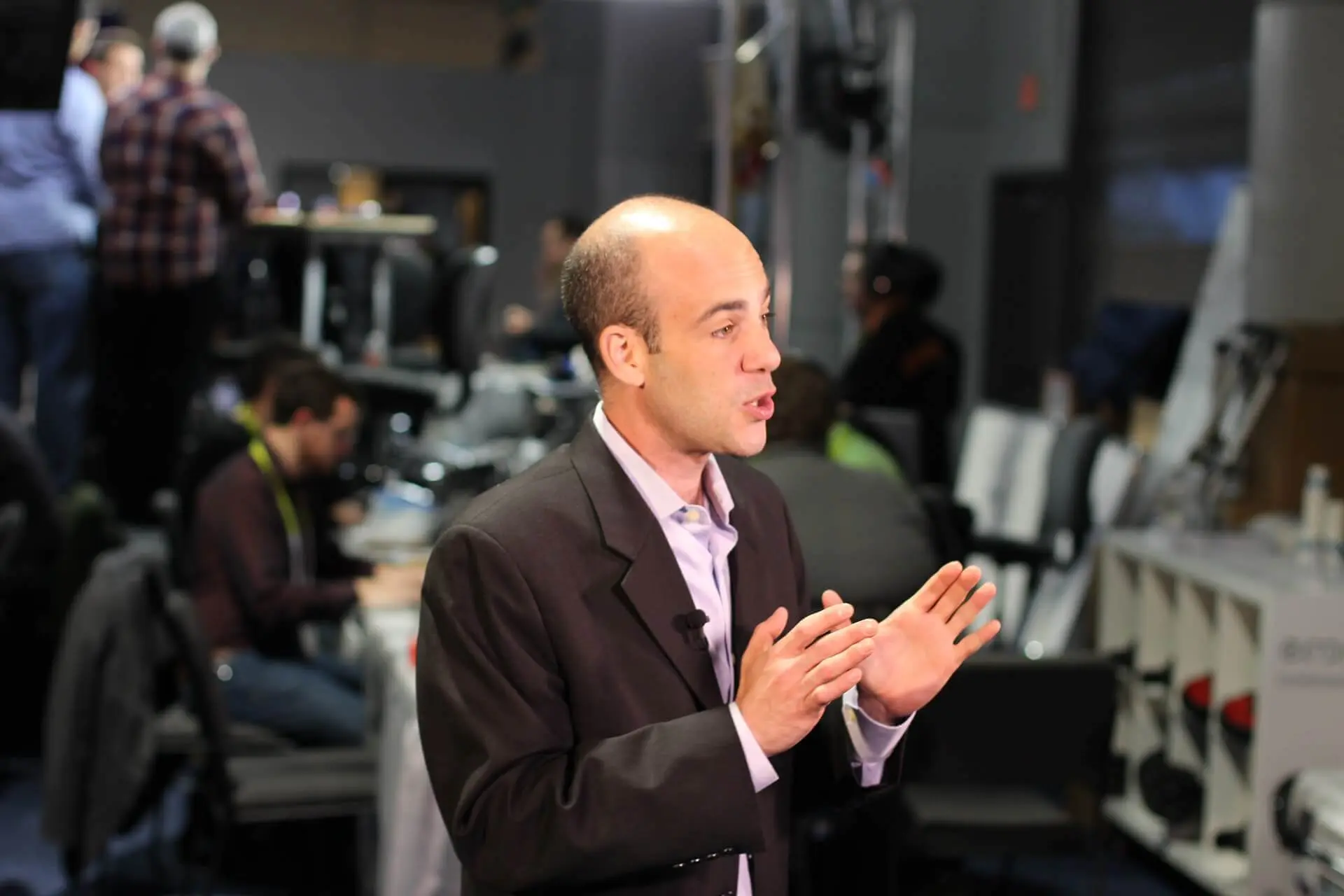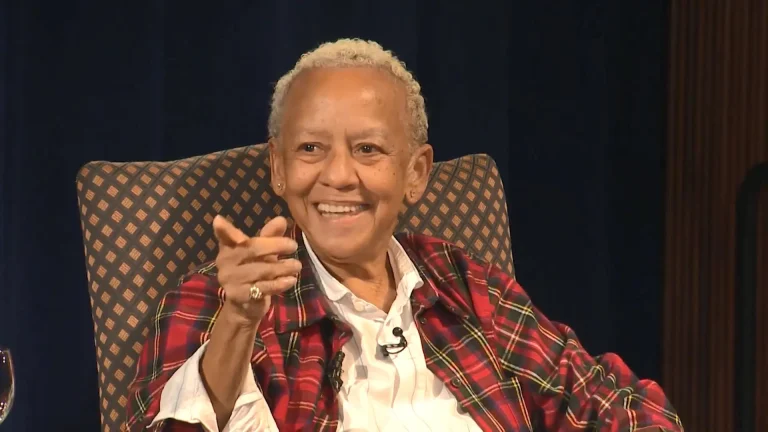Brand journalism, inside-out
If you want to be the best storyteller for your business, start internally.
Mention brand journalism and people think PR, content marketing to customers and prospects, thought leadership and media pitching.
It is certainly all of those things.
But to make brand journalism work for your external comms, it’s best to start by perfecting your approach internally. After all, that’s where the stories live.
Brand journalism is just about telling better stories, right? I get asked that a lot, and I always answer the same way:
Well … sort of.
Telling better stories is certainly what we’re all trying to do, and for all the right and obvious reasons: to better inform and engage our audiences, attract media attention and enhance the reputation of our organizations.
But better storytelling is really the end result; it is the product of effective brand journalism. The real work is how we organize ourselves to get there, which is why I like to start brand journalism on the internal comms side of the house. If we can make this work inside, it will improve everything we do outside.
And speaking of sides …
The communications org. chart was set, presumably in stone, a long time ago—I’m thinking the Industrial Revolution, possibly the Battle of Hastings—as separate and not always equal functions. It’s Silo City, and each department operates like its own separate fiefdom, where the primary mission is to protect one’s turf, horde your riches and gain better access to the throne, often at the expense of the other feudal lords.
That’s just a bad idea with often disastrous consequences.
Organizations aren’t loose collections of warring tribes. Not to go too Karl Marx here, but a company should be a collective, working collaboratively for the success of the enterprise and, increasingly, for the good of the greater society.
That works a lot better if everyone’s clear on the goals and the approach. Not that everyone should be doing the same exact thing but properly executing their thing in a way that integrates with everyone else’s.
Brand journalism is a long overdue management tool that finally tears down the silos and replaces them with a communication “hub-and-spoke” structure. All the parts come together around the agreed-upon strategy, whether it’s engaging employees in the middle of a pandemic or demonstrating your expertise to the rest of the world.
I’ve worked on a lot of these programs, and my semi-scientific conclusion is this: Projects that involve all the comms functions—employee, HR, marketing, PR, investor relations, public affairs, you name it—work better than the ones that begin in one silo and struggle to engage the others.
That has never been easy, but our experience over the last year has changed everything about the way organizations communicate. In a way, the pandemic has given communicators an extraordinary opportunity to remake the way they work. Here’s how:
- Internal comms is enjoying the best reputation it has ever held—and deservedly so—because of its critical work keeping us all together during the pandemic. CEOs are looking at internal comms in a very different light, and so too should its comms cousins.
- The world is filled with digital clutter. And that means storytelling—the universal language of connectedness—is more important than ever. What’s more, there’s now an expectation for organizations to have a point of view—and to express it boldly, to employees, customers and other stakeholders.
This will take some effort. It begins with an honest assessment of what’s working, what isn’t (and why), and which old practices we should upgrade or leave behind. It requires each of the comms functions to give up a little of their sovereignty (not much, really) and operate in sync with the others.
The result is more integrated and consistent communications, with fewer overlaps or even contradictory messages. That produces better content that can be used multiple times, in different places.
Not good enough. You’re not working this hard to achieve mediocrity. To get started, start inside.
Jim Ylisela is co-founder and senior partner of Chicago-based Ragan Consulting Group. Schedule a call with Kristin Hart to learn more about our ESG consulting programs. Follow RCG on LinkedIn and subscribe to our weekly newsletter here.







